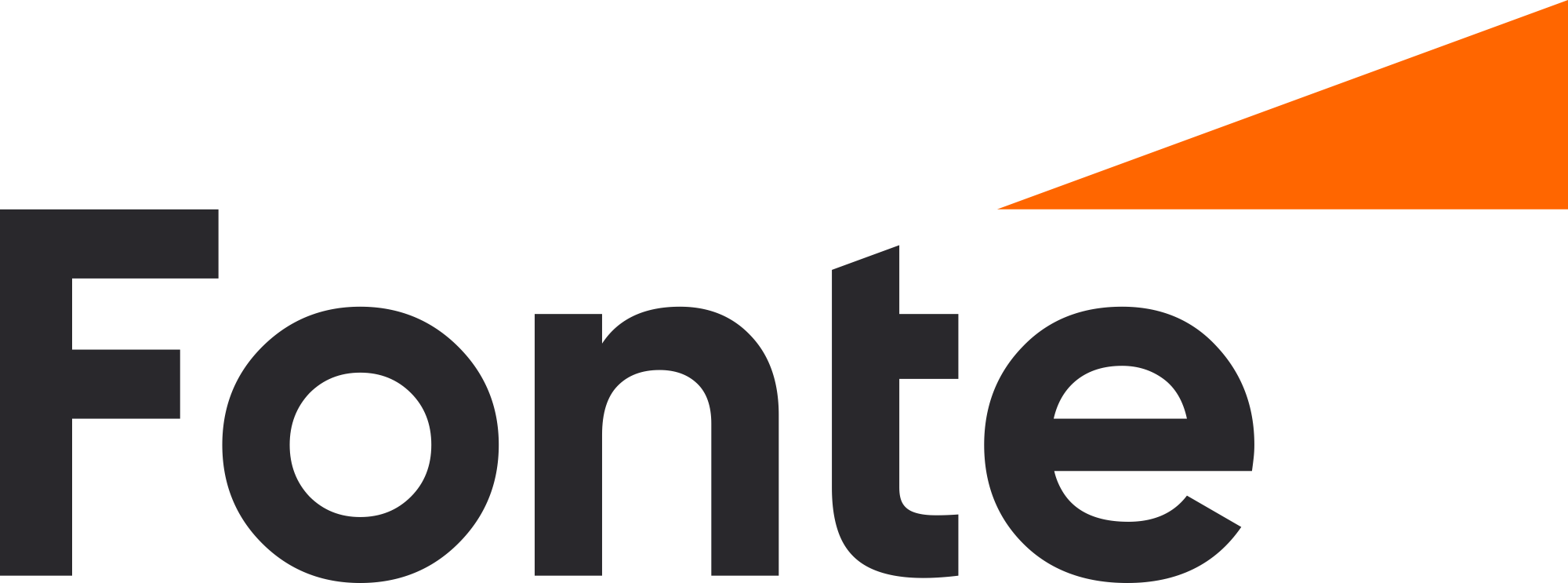Inside Our Team
As part of our "Inside Our Team" column, we continue to introduce you to the inspiring stories of Fonte Capital employees, who not only achieve remarkable success through their professionalism and personal strength but also make our company unique.

In this issue, we spoke with Sergey Kim, Chief Risk Officer of Fonte Capital Ltd. He shared insights about his role in the company and the key challenges of the modern risk management system.
How has the risk management profession evolved in recent years? What risks do investment companies face today? And what is most important in building an effective risk management system?
Read this issue to find out more.
1. Sergey, what are the main responsibilities of a Chief Risk Officer in a modern investment company?
The primary responsibility of a Chief Risk Officer (CRO) is to build a risk management system that ensures the timely identification and management of risks arising in investment activities, aiming to preserve the company’s capital and minimize losses.
2. How has the role of the CRO changed in recent years, and what new challenges have emerged?
In recent years, the responsibilities of a CRO have expanded significantly due to changes in the financial services market landscape and operating conditions.
In particular, with the advancement of financial technology, institutions have developed remote sales channels and online services through mobile applications (account opening, fund transfers, financial transactions). While these services offer convenience to customers, they also carry risks of asset loss due to fraudulent activities.
The growing risks related to IT and cybersecurity have shifted the focus toward operational risks, necessitating enhanced security measures and new methods for risk identification and management.
Another challenge for risk management stability is the rapid growth of the digital asset and decentralized finance (DeFi) markets, which attract both private investors and large hedge funds.
The digital asset market differs significantly from traditional stock markets, requiring new approaches to risk management.
3. What principles form the foundation of an effective risk management system in an investment company?
The key principles of risk management include:
- Diversification – A fundamental principle for minimizing portfolio risks through diversification across various instruments, markets, industries, countries, and currencies to prevent excessive asset concentration.
- Independent risk assessment – Establishing an organizational structure and decision-making process that allows the risk management division to objectively assess risks, report findings, and influence business decisions.
- Transparency – Ensuring full access to information for risk assessment, analysis, and monitoring.
- Reporting – Implementing efficient, regular, and standardized risk reporting across all risk categories.
4. What led you to a career in risk management? How did your professional journey begin?
I have a background in mathematics, and upon graduation, I planned for my career to be connected to the application of applied mathematics in some way.
From my mother, who spent her career in banking, I learned that financial institutions need professionals with a strong mathematical background. I also discovered the specific field of risk management, where specialists assess risks in financial transactions.
This intrigued me because it allowed me to use my mathematical knowledge and apply my analytical skills in real-world scenarios.
That’s how I became a risk manager. I started my career almost 20 years ago at BTA Securities JSC, which was one of the leading investment firms in the Kazakhstani market at the time.
5. What professional skills are essential for success in your position?
A successful risk manager must have strong analytical skills, as risk assessment often requires analyzing vast amounts of data:
- The ability to analyze the price dynamics of financial instruments;
- The ability to interpret financial statements of issuers;
- Mathematical modeling skills, including risk metric evaluation and fair asset valuation.
Additionally, knowledge of IFRS (International Financial Reporting Standards) and accounting fundamentals is essential.
6. What was the most challenging risk case you had to handle?
One of the most interesting risk cases I encountered was the 2008 global financial crisis.
At the time, in September 2008, I had just started my career and was a complete beginner.
Almost immediately, I witnessed the onset of the financial crisis:
- September 15, 2008 – Lehman Brothers, one of the largest banks in the U.S., declared bankruptcy, triggering a major panic across global financial markets.
- February 2009 – BTA Bank JSC, one of Kazakhstan’s largest banks, was nationalized. At that time, I was working in its subsidiary company, and BTA Bank's stock price plummeted from 83,000 KZT to 28,000 KZT.
- February 2009 – The Kazakhstani tenge sharply devalued by 18%, and the USDKZT exchange rate increased from 120 to 150 KZT.
I found myself in the midst of a major financial crisis, witnessing firsthand how risks materialize and what consequences can occur when they are not managed effectively.
7. What achievements in your career are you most proud of?
One of my most notable experiences was participating in the due diligence process of one of Kazakhstan’s largest banks in what was likely one of the biggest M&A deals in the country's banking sector.
Through this project, I gained unique experience and deep understanding of how financial institutions are acquired, and I learned how to assess the fair value of financial asset portfolios.
8. What is the key insight you have gained from your experience in risk management?
One of the most key insights in risk management is that risks should never be underestimated — this can lead to substantial financial losses.
For example, in 2023, Silicon Valley Bank (SVB) collapsed because it underestimated its interest rate risks. The bank heavily invested in long-term bonds, which depreciated significantly due to rising interest rates. This led to huge losses when the bank was forced to sell those bonds to cover an uncontrollable deposit outflow.
Another well-known case is Lehman Brothers' collapse in 2008, where risk managers underestimated credit riskswhen investing in subprime mortgage-backed securities, whose values plummeted during the U.S. housing bubble burst.
9. What motivates you in your work?
Being a perfectionist, my main motivation is to perform my job at the highest level—both efficiently and precisely. I strive to deliver results that I can be proud of.
10. What books, podcasts, or courses would you recommend to those interested in risk management?
For those looking to explore the academic foundations of risk management, I recommend the following books:
- Financial Risk Manager Handbook – Philippe Jorion;
- "Encyclopedia of Financial Risk Management" ("Энциклопедия финансового риск-менеджмента") by A. A. Lobanov

